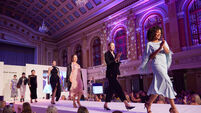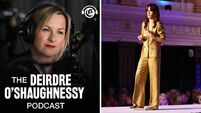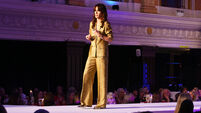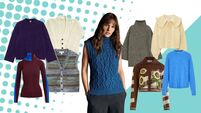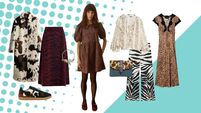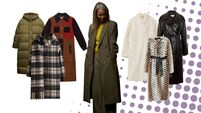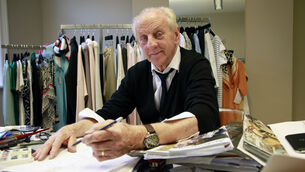Paul Costelloe: 'I dressed Diana when she was at her sweetest'

Diana, Princess of Wales dons a Japanese Kimono during her first visit to the ancient city of Kyoto, central Japan. AFP via Getty Images
While researching this article I came across a photo of Diana, Princess of Wales, wearing a check blazer, plain knee-length skirt, pearl earrings, and low pumps. It’s a typical 'Sloane Ranger' outfit — that popular look among the monied crowd of 1980s London which characterised Diana’s early style. My own Confirmation suit, made by my mother in 1988, mimicked Diana’s outfit exactly and was totally in contrast to the pastel, bat-winged, drop-waisted dresses of my classmates at the time.
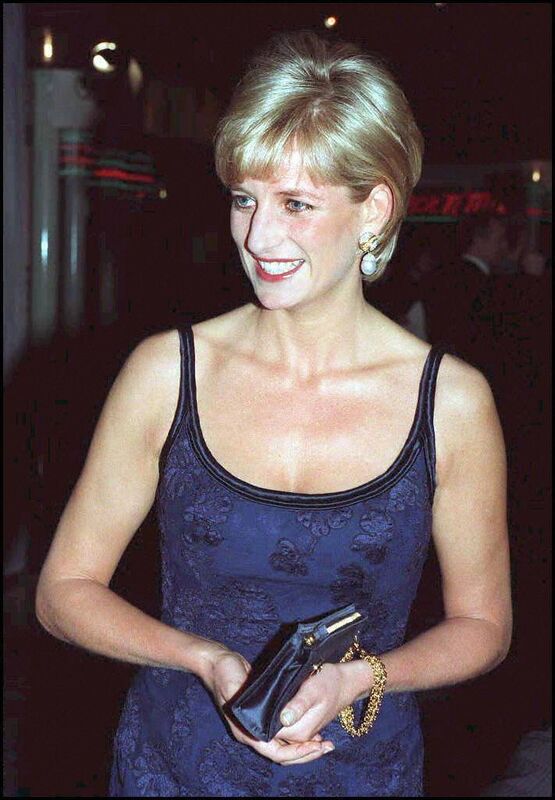
Diana was clearly a fashion icon while alive (certainly in my mind at least) but as the hotly anticipated new season of The Crown, in which she is played by actress, Emma Corrin, reignites her image in public consciousness, I wonder what it is about her style that still resonates today.
Eleri Lynn is curator of the Royal Ceremonial Dress Collection at Historic Royal Palaces in Britain. Lynn curated the 'Diana: Her Fashion Story' exhibition at Kensington Palace in 2017 tracking Diana’s “evolution as a princess, trendsetter, humanitarian and as a woman whose ability to connect with people remains powerful today”.
Lynn says that Diana understood the language of fashion and used it to communicate with others: “Much of what we think we know of the Princess was communicated not through her words but by the image she created."
“Jasper Conran, one of her fashion designers, recalled how she would attend fittings and ask 'what message am I giving out by wearing this?' She was a proud ambassador for British fashion... but she also knew how to dress to convey warmth and approachability, such as when she wore cheery floral prints to children's hospitals.”
Irish designer, Paul Costelloe, dressed Diana in the early days of her marriage to Charles, Prince of Wales. He says that he will never forget his first visit to Kensington Palace during which he fell up the stairs thanks to his “large feet” and heavy clothes rail. Costelloe says that it was probably the worst time to be Irish in Britain with the London bombings and the Troubles raging, but that he was nonetheless warmly welcomed by the Princess.
“I could not have had an easier client to deal with. She was incredibly warm and friendly and welcomed me into Kensington Palace like an old soulmate. I always brought her flowers, which she seemed to appreciate... I don’t think she got many from Charles,” he adds in typical wry fashion.
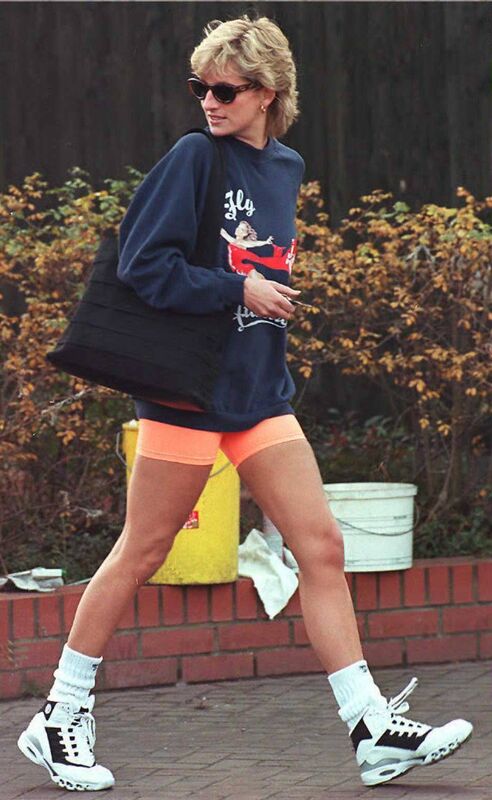
“It was about the way she held herself, her general attitude,” he says. “I worked with her earlier on in the marriage. She then moved from Costelloe and the English designers into a more Versace-style which was more aggressive. I think she herself changed a bit as well in that process. I think she became more aware of her strengths and began to power-dress more as her marriage began to break up. I dressed her when she was at her sweetest - she was wonderful.”
Alexander Fury, fashion features director of AnOther and menswear critic at the Financial Times, agrees: “In a sense, her dress in this period is a direct and distinct rebellion against the prescriptions of royal dress — bright colours, conservative lines and the hat as a representation of a crown.”
Fury says that fashion was indeed a tool that Diana used: “She wouldn’t wear a hat when visiting hospitals as she said you couldn’t cuddle a child in a hat; and she would pointedly wear gloves in order to remove them to hold a patient’s hand."
“If many members of royalty use fashion to reinforce an authority, and, perhaps, an unapproachable distance, Diana used it often to humanise herself.”
Eleri Lynn says that, when curating the 'Diana: Her Fashion Story' exhibition, she was struck by how quickly Diana developed a confidence in her own sense of style. “She moved away from the seasonal shifts in fashion of the 1980s and developed a timeless style with streamlined and uncluttered silhouettes that she would favour for the rest of her life, knowing that they suited her,” she says.
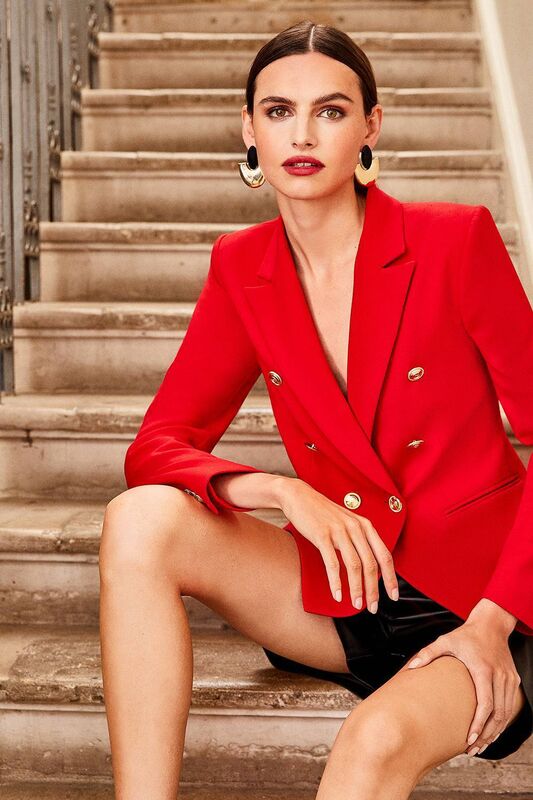
Much has been written recently about the royal wedding dress in The Crown. The designers of the original gown, David and Elizabeth Emanuel, provided patterns and consulted on the replica. The original toile of the wedding gown and a miniature version can be viewed in Ireland at the Museum of Style Icons Newbridge Silverware.
“Of course, her wedding dress is how many people will remember Diana,” says Eleri Lynn. “But another of her most memorable looks is the rather unassuming outfit she wore to walk through the minefield in Angola... Even then, her image was carefully tailored to maximise the impact of a moment she knew would be front-page news.”
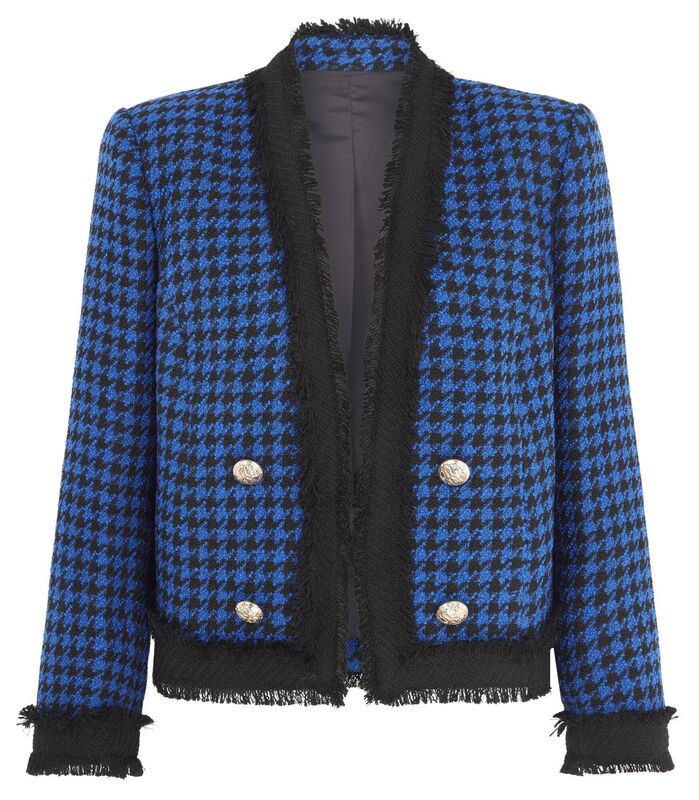
Many of the styles Diana wore throughout the 80s and 90s are currently influencing fashion: pie crust and Peter Pan collars, tank tops and polka dots, oversized sweatshirts and cycling shorts, pearl earrings and double-breasted styles.
Critic and writer, Alexander Fury, believes that Diana was more of a trend-follower than a trendsetter but says that as a highly public figure, who was also tall and slender, she was the perfect foil for fashion. “She tended to follow fashion rather than set it, honestly,” he says. “There is however a great example [of trendsetting]. In 1995, the First Lady of France, Bernadette Chirac, gave Diana a bag by Christian Dior called the ‘Chouchou’. She loved it and used it often and visibly. Dior sold 200,000 and rechristened it the ‘Lady Dior’ in her honour. They still sell it today.”
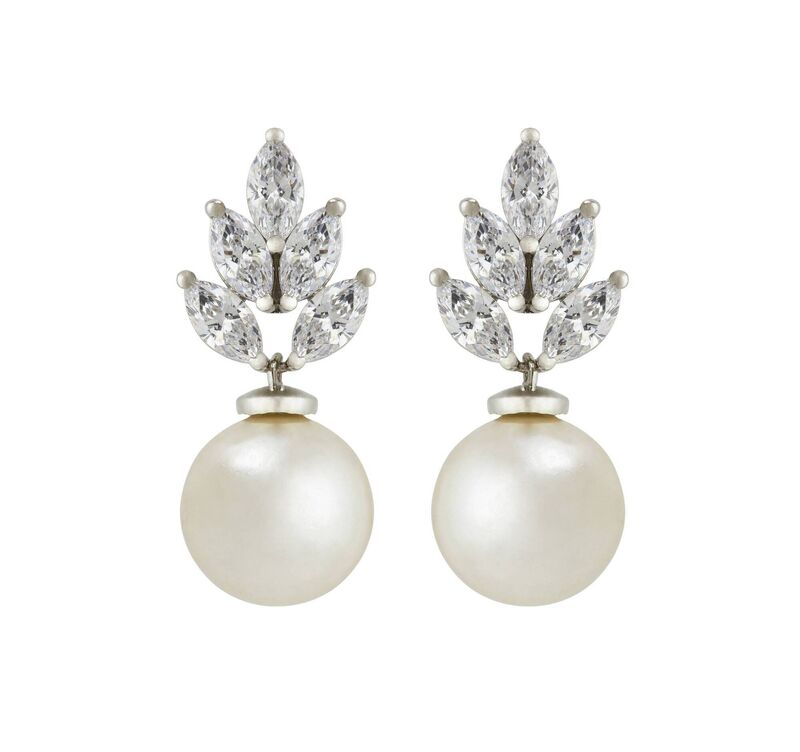
If Diana has a lasting style legacy it is perhaps in how she wore clothing rather than what she wore. Looking through the many photos for this article there are motifs that crop up again and again but what strikes me most is her ability to dress appropriately whether for a visit to a hospital, a ball or a disaster zone — regardless of pattern or colour. What is more striking still is Diana’s journey from teenage ingénue dressed in royal interpretations of the latest fashions to sophisticated, worldly woman with her own sense of style.
“Like fashion icons Jackie Kennedy or Audrey Hepburn, Diana didn't follow changing fashions but found her own personal style,” says curator Eleri Lynn. “She remains influential today because she combined that sense of style with glamour and — as many of her designers recall — a sense of fun about her clothes.”
Season 4 of is available on Netflix from tomorrow.




